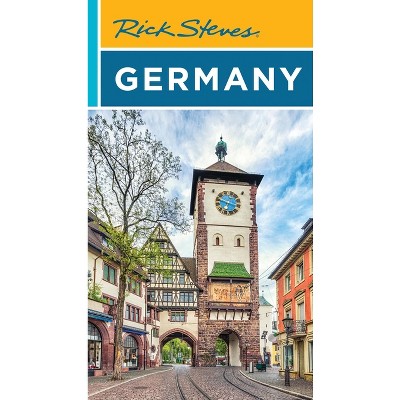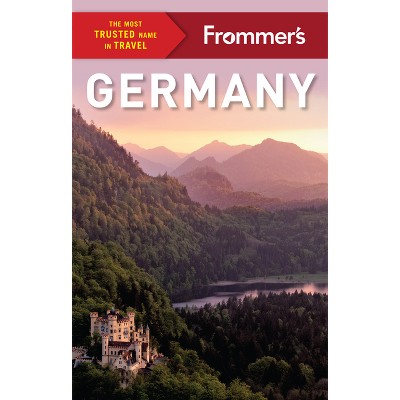Sponsored

National Identity in Eastern Germany - by Andreas Staab (Hardcover)
In Stock
Sponsored
About this item
Highlights
- On October 30, 1990, Germany was formally reunified through an extension of the legal, political, and economic structures of West Germany into the former German Democratic Republic.
- About the Author: ANDREAS STAAB is Academic Development Officer, European Institute, London School of Economics and Political Science.
- 192 Pages
- History, Europe
Description
About the Book
On October 30, 1990, Germany was formally reunified through an extension of the legal, political, and economic structures of West Germany into the former German Democratic Republic. For East Germans this transformation has been a challenging process. Former values, orientations, and standards have been subject to severe scrutiny as reunification has affected virtually every area of life.
Staab analyzes the development from the divided to the unified Germany and asks to what extent East Germans have adopted a national identity in line with that of the West Germans. He examines such identity markers as attitudes toward territory, economics, ethnicity, mass culture, and civic-political activity. Identifying a significant range of commonalities, he also finds striking features of mutually exclusive areas working to prevent a shared national identity. Scholars and other researchers dealing with German politics and contemporary history, political sociology, and nationalism will be interested in this book.
Book Synopsis
On October 30, 1990, Germany was formally reunified through an extension of the legal, political, and economic structures of West Germany into the former German Democratic Republic. For East Germans this transformation has been a challenging process. Former values, orientations, and standards have been subject to severe scrutiny as reunification has affected virtually every area of life.
Staab analyzes the development from the divided to the unified Germany and asks to what extent East Germans have adopted a national identity in line with that of the West Germans. He examines such identity markers as attitudes toward territory, economics, ethnicity, mass culture, and civic-political activity. Identifying a significant range of commonalities, he also finds striking features of mutually exclusive areas working to prevent a shared national identity. Scholars and other researchers dealing with German politics and contemporary history, political sociology, and nationalism will be interested in this book.Review Quotes
?Academic and public libraries will...wish to include this title in their circulating collection because it is one to be read through. It is appropriate for readers from upper-class high school students to adults.?-American Reference Books Annual
?As a study based on public and elite opinions, this volume contributes to an understanding of the current German dilemma and the need to build a strong political community.?-Choice
"As a study based on public and elite opinions, this volume contributes to an understanding of the current German dilemma and the need to build a strong political community."-Choice
"Academic and public libraries will...wish to include this title in their circulating collection because it is one to be read through. It is appropriate for readers from upper-class high school students to adults."-American Reference Books Annual
About the Author
ANDREAS STAAB is Academic Development Officer, European Institute, London School of Economics and Political Science. He lectures on European and German politics and has published articles on German identity and German public administration.Shipping details
Return details
Trending Non-Fiction

















